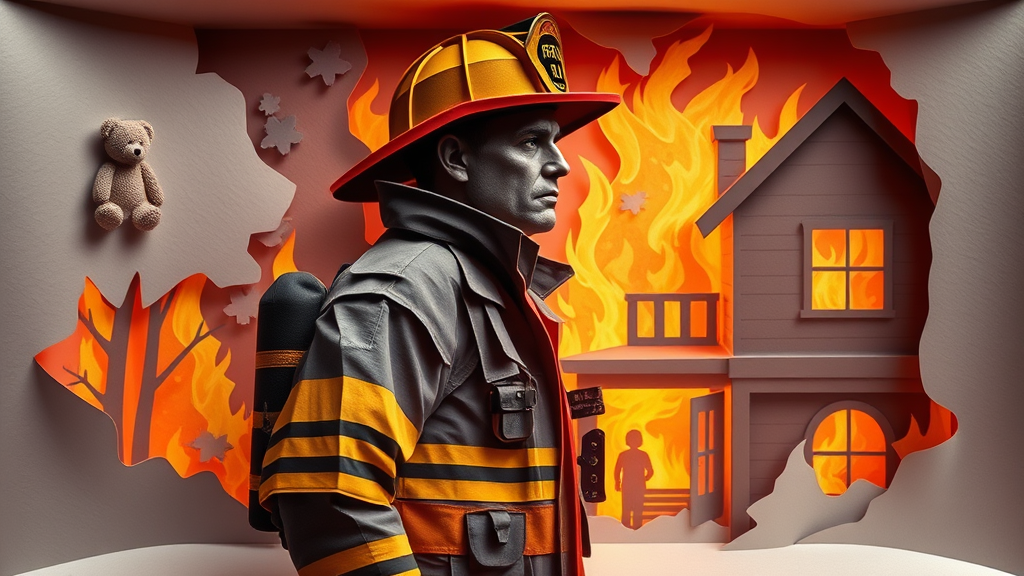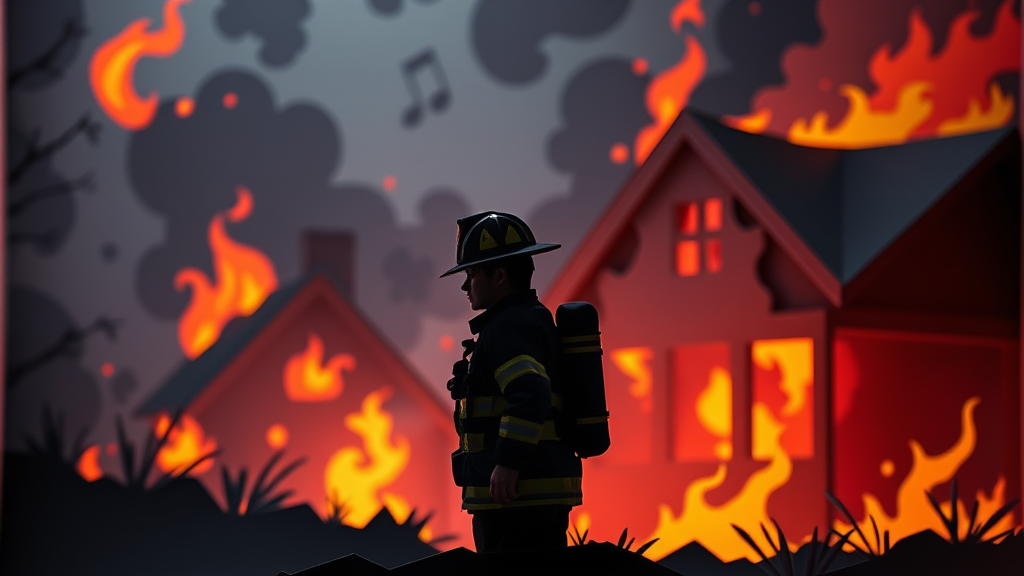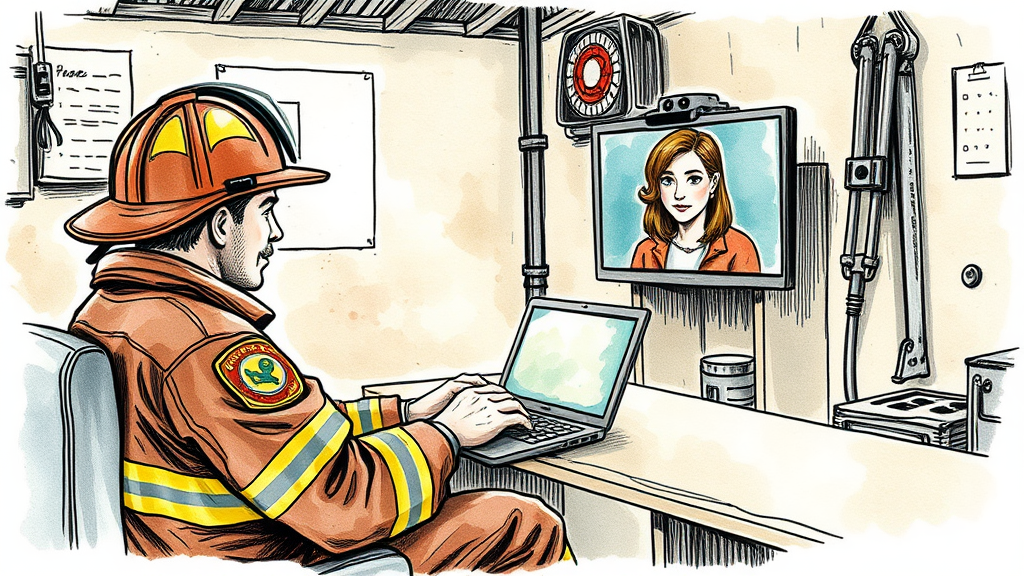· Don Davis · Firefighter · 9 min read
Burnout vs. Compassion Fatigue - What Firefighters Need to Know
Understand the critical differences between burnout and compassion fatigue in firefighters. Learn symptoms, causes, and vital coping strategies.

Introduction: The Invisible Battles of Firefighters
Firefighters stand as pillars of strength and courage, rushing towards danger when others flee. They are witnesses to trauma, loss, and the full spectrum of human suffering. While the physical dangers of their profession are undeniable, the silent, invisible battles they fight against their own minds and emotions often go unnoticed. Among these are two distinct but often confused psychological conditions: burnout and compassion fatigue. For firefighters, understanding the nuanced difference between burnout and compassion fatigue isn’t just an academic exercise; it’s crucial for their long-term well-being, career longevity, and the health of their personal relationships.
Both conditions arise from the cumulative stress of intense, emotionally demanding work, yet they manifest differently and require distinct approaches to prevention and treatment. This comprehensive guide will delve into what firefighters need to know about these critical mental health challenges, helping them identify symptoms, understand causes, and seek appropriate support.
Understanding Burnout in Firefighters
Burnout is a state of physical, emotional, and mental exhaustion caused by prolonged or excessive stress. It’s a gradual process, not a sudden event, and often stems from a mismatch between a person’s expectations and the realities of their work environment. For firefighters, the high-stress, high-stakes nature of the job, coupled with administrative burdens, long hours, and sometimes insufficient resources, creates fertile ground for burnout to take root.
Common Firefighter Burnout Symptoms
The firefighter burnout symptoms can be wide-ranging and affect every aspect of a firefighter’s life. Recognizing them early is key to intervention:
- Emotional Exhaustion: This is the hallmark symptom, characterized by a feeling of being drained and having no energy. Firefighters may feel emotionally numb or empty.
- Cynicism and Detachment: A growing sense of negativity towards their job, colleagues, or the department. They might become depersonalized, viewing people as objects rather than individuals.
- Reduced Personal Accomplishment: A feeling of ineffectiveness and a lack of achievement. Firefighters may doubt their skills and feel less competent, despite past successes.
- Physical Symptoms: Chronic fatigue, frequent headaches, gastrointestinal problems, increased susceptibility to illness, and sleep disturbances (insomnia or hypersomnia).
- Behavioral Changes: Irritability, anger outbursts, increased absenteeism, procrastination, decreased productivity, and a reluctance to engage in duties they once enjoyed.
- Social Withdrawal: Retreating from social activities, friends, and family, or experiencing strained relationships.
Unlike an acute stress reaction, burnout slowly erodes a firefighter’s motivation and spirit, making it increasingly difficult to perform their duties or find satisfaction in their lives.
Delving into Compassion Fatigue
While burnout is about being “used up” by work, compassion fatigue is about being “used up” by caring. It’s often described as the “cost of caring” for others in emotional or physical pain. For compassion fatigue in first responders, including firefighters, it arises from repeated exposure to traumatic events and the deep empathy they feel for victims and their families. It’s a form of secondary traumatic stress, where the emotional burden of witnessing suffering becomes overwhelming.
Symptoms Unique to Compassion Fatigue
While some symptoms overlap with burnout, compassion fatigue has its distinct markers:
- Emotional Numbness: A decreased capacity for empathy, an inability to feel or express emotions, particularly in response to suffering.
- Detachment and Apathy: A growing indifference or emotional distance from those they are supposed to help. This can manifest as a lack of concern for victims or a cynical view of humanity.
- Intrusive Thoughts/Images: Recurring thoughts, flashbacks, or nightmares related to traumatic incidents, similar to PTSD symptoms.
- Avoidance: A strong desire to avoid situations, people, or topics that remind them of traumatic events.
- Increased Anxiety and Irritability: Heightened startle response, hyper-vigilance, and difficulty relaxing.
- Loss of Pleasure: A diminished ability to experience joy or satisfaction from activities they once enjoyed.
- Self-Isolation: Pulling away from social connections as a coping mechanism, sometimes due to feelings of guilt or shame.
- Difficulty Concentrating: Impaired focus and memory.
Compassion fatigue is less about the general work environment and more directly linked to the emotional toll of empathetic engagement with trauma, a constant reality for those on the front lines of emergency services.
The Critical Distinction: Burnout vs. Compassion Fatigue
Understanding the difference between burnout and compassion fatigue is vital for effective intervention. While both involve a sense of exhaustion and diminished capacity, their origins and primary drivers differ significantly:
| Feature | Burnout | Compassion Fatigue |
|---|---|---|
| Primary Cause | Chronic job-related stress, overwhelming workload, lack of resources, administrative frustrations, feeling undervalued. | Repeated exposure to traumatic events, empathetic engagement with suffering, emotional absorption of others’ pain. |
| Onset | Gradual, slow erosion over time. | Can be more rapid, sometimes a sudden onset after a particularly traumatic event or series. |
| Core Feeling | Exhaustion, cynicism, ineffectiveness. | Numbness, detachment, intrusive thoughts, hyper-arousal. |
| Focus | Dissatisfaction with the job/environment. | Emotional cost of caring for others. |
| Recovery | Often requires changes in workload, work-life balance, organizational support, skill development. | Requires processing trauma, self-care focused on emotional replenishment, boundary setting, professional trauma therapy. |
| Empathy | Intact but underutilized due to exhaustion and cynicism. | Eroded; a diminished capacity for empathy due to overexposure. |
Crucially, a firefighter can experience both. Long-term burnout can make a firefighter more susceptible to compassion fatigue, as their coping resources are already depleted. Similarly, severe compassion fatigue can contribute to feelings of burnout due to the overwhelming emotional exhaustion in firefighters.
Impact on Firefighters and Their Families
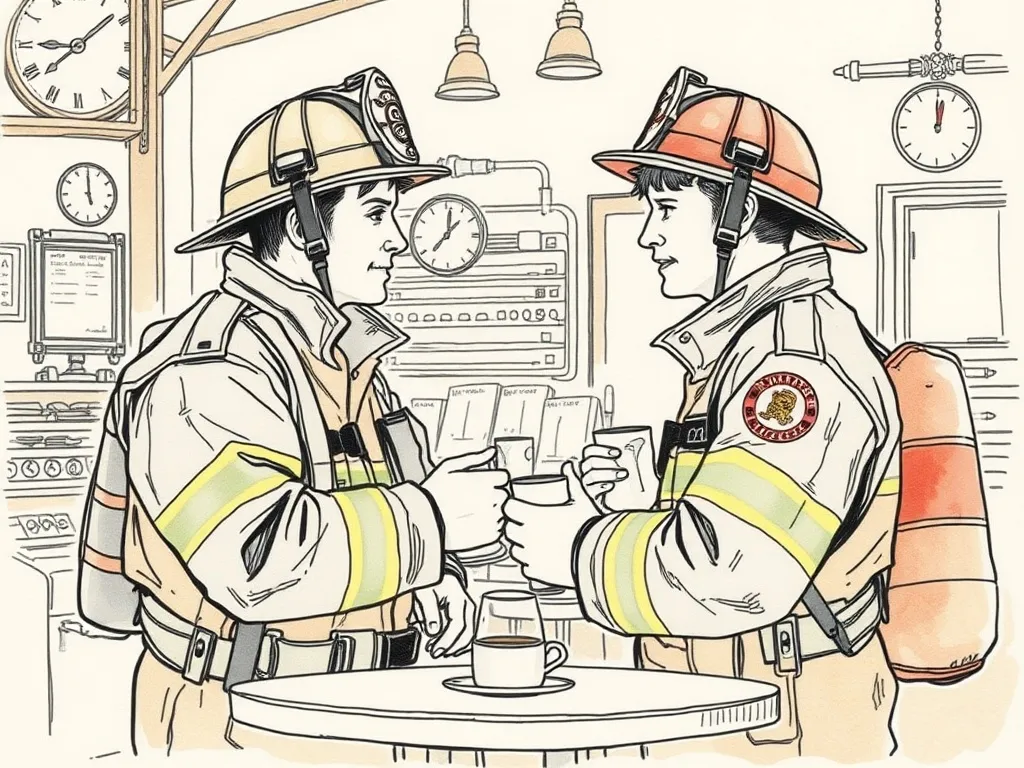
The profound impact of both burnout and compassion fatigue extends far beyond the fire station. Firefighters grappling with these conditions often find their personal lives deteriorating. Irritability, withdrawal, and emotional numbness can strain relationships with spouses, children, and friends. Partners and family members may observe changes in mood, increased alcohol consumption, or a general disengagement from family life. For insights into how these challenges affect loved ones, consider reading about the challenges of emotional shutdown for firefighter partners or understanding depression’s impact on firefighter families.
The constant exposure to trauma also makes firefighters vulnerable to more severe mental health conditions like PTSD. The silent struggle of PTSD for firefighters and their families is a testament to the cumulative toll of their duties. Recognizing these signs early is paramount for the well-being of the individual firefighter and the stability of their home life.
Recognizing the Signs and Seeking Help
Self-awareness is the first step. Firefighters should regularly check in with themselves:
- Am I feeling constantly tired, even after rest?
- Am I dreading going to work or feeling unusually cynical about it?
- Am I emotionally numb when I used to feel empathy?
- Am I more irritable or prone to anger than usual?
- Am I withdrawing from social activities or family?
- Am I experiencing recurrent intrusive thoughts about calls?
It’s equally important for colleagues and leadership to observe these signs in others. A supportive culture where mental health is openly discussed and assistance is encouraged is invaluable.
Strategies for Prevention and Recovery
Addressing burnout and compassion fatigue requires a multi-faceted approach, combining individual self-care with robust organizational support.
Individual Strategies:
- Prioritize Self-Care: This isn’t selfish; it’s essential. Ensure adequate sleep, nutritious eating, and regular physical activity. Hobbies and activities outside of work are critical for mental breaks.
- Establish Boundaries: Learn to say no when overwhelmed. Separate work and personal life as much as possible, both physically and mentally.
- Mindfulness and Relaxation: Practices like meditation, deep breathing exercises, or simply spending time in nature can help regulate emotions and reduce stress.
- Debriefing and Processing: After particularly difficult calls, engage in formal or informal debriefing with trusted colleagues or supervisors to process emotions.
- Build a Strong Support System: Connect with family, friends, and fellow firefighters who understand the unique challenges of the job.
- Seek Professional Help: Do not hesitate to contact a therapist, counselor, or mental health professional. They can provide tools, coping strategies, and a safe space to process emotions and experiences. Many services offer specialized support for first responders. Finding comprehensive mental health support for firefighters can be a turning point.
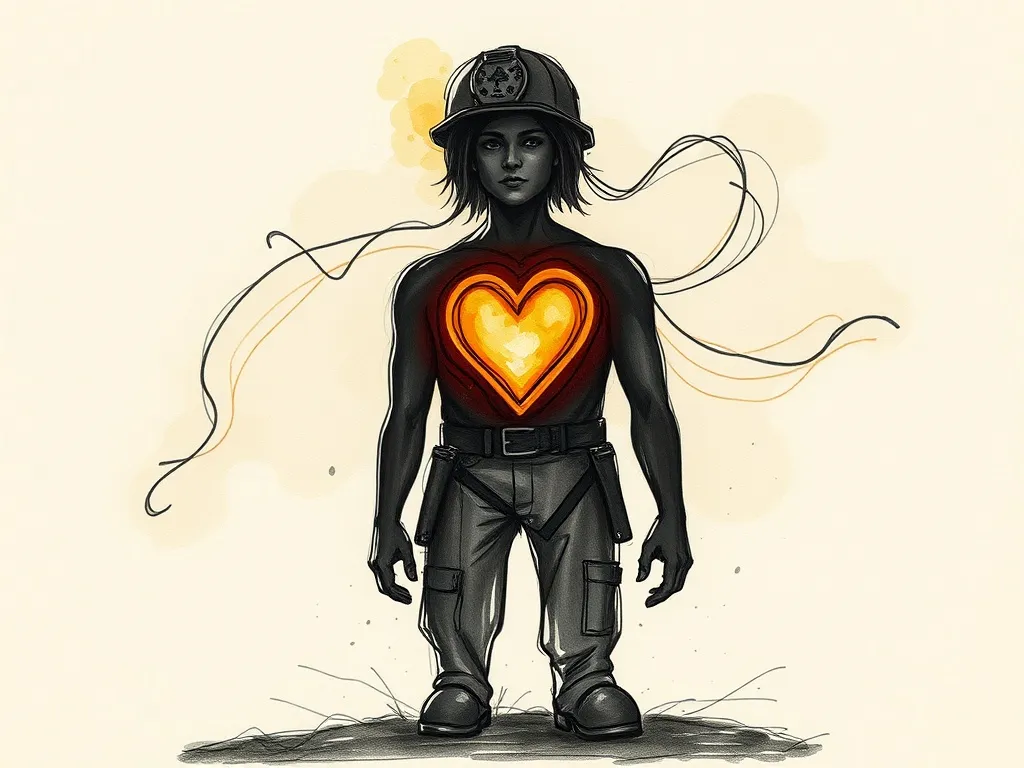
Organizational Strategies:
- Peer Support Programs: Facilitate environments where firefighters can openly share experiences and support one another without judgment.
- Employee Assistance Programs (EAPs): Ensure EAPs are well-advertised, easily accessible, and provide confidential counseling services specifically tailored for first responders.
- Stress Management Training: Offer regular training on resilience, coping mechanisms, and recognizing signs of distress.
- Adequate Staffing and Resources: Address chronic understaffing and provide necessary equipment and administrative support to reduce unnecessary stress.
- Promote Work-Life Balance: Encourage reasonable shift schedules, vacation time, and discourage excessive overtime.
- Leadership Buy-in: Leaders must visibly champion mental health initiatives, modeling healthy coping behaviors and destigmatizing help-seeking.
Breaking the Stigma
The bravest act a firefighter can make off the fireground is to acknowledge their struggles and ask for help. The culture of stoicism, while sometimes necessary on duty, can be a barrier to seeking support for firefighter burnout symptoms or compassion fatigue in first responders. Open conversations about mental health, sharing personal experiences, and educating all personnel are crucial steps towards fostering an environment where seeking help is seen as a sign of strength, not weakness.
Conclusion
Burnout and compassion fatigue are distinct yet interconnected challenges that profoundly affect firefighters. While both can lead to emotional exhaustion in firefighters and impact their careers and personal lives, understanding their unique characteristics is the first step toward effective management and prevention. By recognizing the signs, prioritizing self-care, building strong support networks, and advocating for robust organizational resources, firefighters can protect their mental and emotional well-being, ensuring they can continue to serve their communities with the courage and compassion they are known for.
Frequently Asked Questions
Q1: Can firefighters experience both burnout and compassion fatigue simultaneously?
Yes, it is absolutely possible. Burnout, stemming from chronic job stress, can deplete a firefighter’s emotional and physical resources, making them more vulnerable to the effects of compassion fatigue, which arises from the empathy cost of caring for others in distress. They can co-exist and exacerbate each other.
Q2: What’s the first step if I suspect I’m experiencing burnout or compassion fatigue?
If you recognize firefighter burnout symptoms or signs of compassion fatigue in yourself, the first step is to acknowledge these feelings. Then, reach out to a trusted peer, a supervisor, a family member, or a mental health professional. Many fire departments have Employee Assistance Programs (EAPs) or peer support networks that can provide confidential help and guidance.
Q3: How can the fire department itself help prevent these conditions?
Fire departments play a crucial role by promoting a culture that prioritizes mental health. This includes providing adequate staffing, ensuring manageable workloads, offering stress management training, establishing robust peer support programs, and ensuring easy, confidential access to mental health professionals. Regular debriefings after critical incidents are also highly beneficial.
Q4: How do these conditions differ from Post-Traumatic Stress Disorder (PTSD)?
While there can be overlap, especially with compassion fatigue, PTSD is a distinct mental health condition that develops in some individuals who have experienced or witnessed a terrifying event. Its symptoms often include re-experiencing the trauma, avoidance, negative changes in thinking and mood, and changes in arousal and reactivity. Both burnout and compassion fatigue can increase the risk of developing PTSD, but they are not the same condition. PTSD is generally more severe and requires specific trauma-informed treatment.
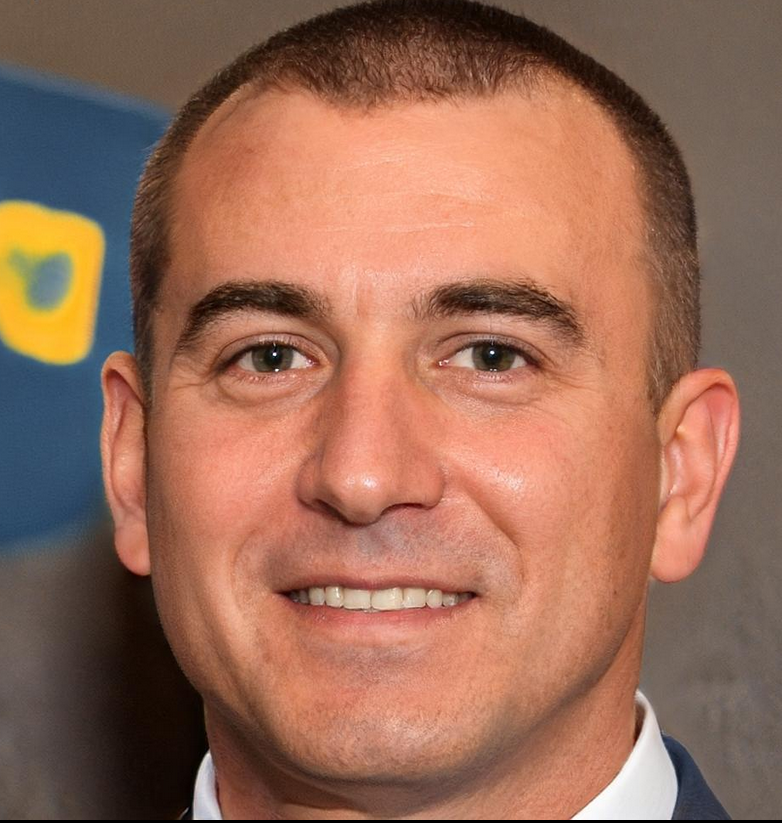
Don Davis
15+ years of emergency response experience. Passionate about connecting our first responder communities with critical resources. Author of hundreds of articles and guides on First Responders mental health care. When not responding to emergencies, you can find me playing with my dogs, hiking, or enjoying a good book.
Ready to connect with a provider?
Allow us to connect you with a provider who can help.

